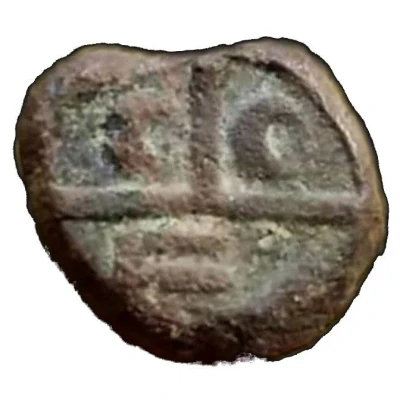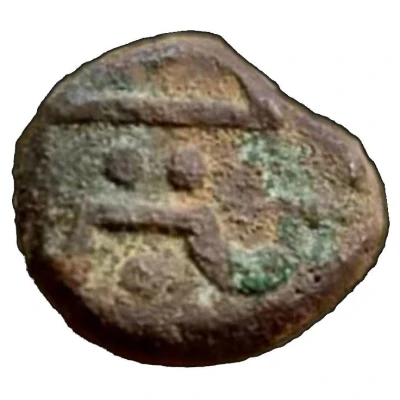


© L.Desotto
1 Cash Bencoolen ND
| Copper | 3.4 g | 12.5 mm |
| Issuer | British East Indies |
|---|---|
| Type | Standard circulation coin |
| Years | 1693-1700 |
| Value | 1 Cash (1⁄400) |
| Composition | Copper |
| Weight | 3.4 g |
| Diameter | 12.5 mm |
| Thickness | 2 mm |
| Shape | Round (irregular) |
| Orientation | Coin alignment ↑↓ |
| Demonetized | Yes |
| Updated | 2024-10-04 |
| Numista | N#303617 |
|---|---|
| Rarity index | 97% |
Reverse
Crude Persian inscription
Lettering: Angriz Kampani
Translation: English Company
Edge
Plain
Comment
Struck in Madras Presidency for use in Benkulen (Bengkulu, a port on the south-west coast of Sumatra, Fort Marlborough).The British East India Company established a long-running pepper-trading center and garrison at Bengkulu in 1685. The trading post was never financially profitable for the British, despite this, they persisted, maintaining a presence there for 150 years before ceding it to the Dutch in 1824
Interesting fact
The 1 Cash coin from British East Indies, made of copper and weighing 3.4 grams, is interesting because it was used as a form of currency in the early days of trade between the British East India Company and the Malay archipelago. The coin was first introduced in 1693 and was used until 1700, during which time it was an important medium of exchange for goods such as spices, textiles, and other commodities. The coin's design features a simple yet distinctive pattern, with a central circle surrounded by a square, and was likely produced using a crude method of coinage that was common at the time. Despite its relatively short lifespan, the 1 Cash coin remains a valuable piece of history for numismatists and collectors, offering a glimpse into the early days of global trade and commerce.